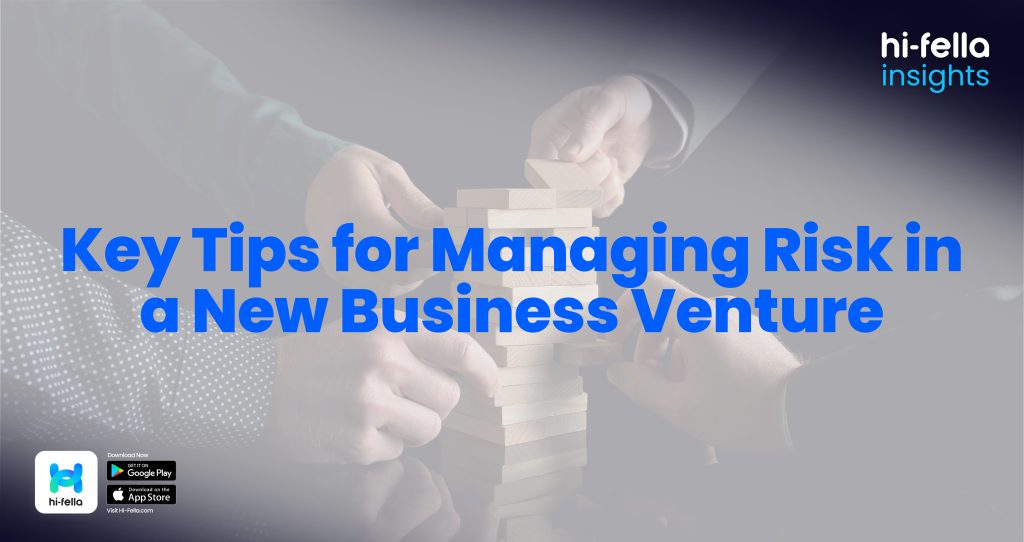Starting a new business can be an exciting journey, but it comes with its fair share of risks. Whether you’re a first-time entrepreneur or a business owner venturing into a new market, understanding how to manage risk from a new business is crucial to your business.
In this article, we’ll explore practical strategies to identify, manage, and mitigate the risks associated with starting a new business.
Introduction: Understanding the Importance of Risk Management in a New Business

Source: LinkedIn
Understanding how to manage risk from a new business is essential for any entrepreneur. Risk is a natural part of starting a business, but it doesn’t have to be out of control.
Managing risk well is the key to ensuring your new business not only survives but also thrives in a constantly changing market.
By identifying potential risks early and planning ways to address them, you can reduce their negative effects and greatly improve your chances of long-term success.
Good risk management also plays a vital role in keeping your business stable. Without it, your business might face challenges like disruptions, financial issues, or even failure.
As a new business owner, learning how to manage risk from a new business right from the start will help you make informed decisions and adapt quickly to challenges.
Common Risks Faced by New Businesses
New businesses face a wide range of risks that can threaten their survival. These risks can be categorized into various types, and understanding each one will help you prepare effectively.
Some of the most common risks include:
- Financial Risks: Issues such as poor cash flow, insufficient funding, or unexpected costs can quickly undermine your business.
- Operational Risks: Problems in the supply chain, unreliable suppliers, or inefficient processes can create significant operational hurdles.
- Legal Risks: Failing to comply with regulations or not having proper contracts in place can lead to legal issues.
- Strategic Risks: Market changes, shifts in consumer behavior, or aggressive competitors can challenge your business strategy.
Understanding these risks is the first step to mitigating them and building a resilient business.
Developing a Risk Management Plan

Source: Business Credentialing Services
Creating a risk management plan is essential for proactively addressing potential threats to your business. A comprehensive risk management plan outlines the risks your business may face and provides strategies for managing them effectively. Here’s how you can develop one:
Step 1: Identify Potential Risks
Begin by assessing all aspects of your business, from financial operations to legal compliance, and identify where risks might arise. For example, evaluate your cash flow, supply chain, legal obligations, and market positioning.
Step 2: Prioritize the Risks
Not all risks are created equal. Some may have a more significant impact on your business than others. Prioritize risks based on their potential to harm your business, and focus on addressing the most critical ones first.
Step 3: Develop Mitigation Strategies
For each identified risk, develop specific strategies to reduce or eliminate its impact. This could include securing additional funding to manage cash flow or establishing relationships with reliable suppliers to reduce operational risks.
Step 4: Monitor and Adjust
Risk management is an ongoing process. Continuously monitor the risks your business faces and adjust your strategies as needed to respond to new challenges.
Financial Risks: Managing Cash Flow, Credit, and Debt
One of the most critical areas of risk for any new business is financial risk. Poor cash flow management, excessive credit reliance, and mounting debt can quickly lead to financial instability. Here are some tips for managing these risks:
- Monitor Cash Flow Regularly: Keep a close eye on your cash flow to ensure that you have enough liquidity to cover operational expenses. Cash flow management tools can help you track income and expenses effectively.
- Secure Proper Funding: Whether through loans, investors, or personal savings, make sure you have sufficient capital to run your business, especially during its early stages.
- Manage Debt Responsibly: Avoid taking on too much debt, as this can put unnecessary pressure on your business. If you must borrow, ensure that you can handle the repayment terms.
Operational Risks: Building Reliable Supply Chains and Finding Trustworthy Suppliers
Operational risks often stem from an unreliable supply chain or inefficient business processes. The success of your business depends on the ability to deliver products or services to customers consistently. Here’s how to reduce operational risks:
- Establish Strong Supplier Relationships: Work with reliable suppliers who offer high-quality products, consistent delivery schedules, and reasonable prices. Platforms like Hi-Fella can help you find trustworthy suppliers that align with your business needs.
- Diversify Your Supply Chain: Don’t rely on a single supplier for critical components. Diversifying your suppliers can protect you from disruptions caused by unforeseen events, such as shipping delays or supplier bankruptcies.
- Streamline Operations: Continuously evaluate your internal processes to identify inefficiencies. Automating tasks and optimizing workflows can reduce the risk of operational failures.
Legal Risks: Protecting Your Business with Contracts and Insurance
Legal risks are another area that new businesses must address early on. Failure to comply with regulations, improper contracts, or a lack of insurance can expose your business to costly lawsuits and penalties. To minimize legal risks:
- Use Clear Contracts: Ensure that all agreements with customers, suppliers, and partners are documented in legally binding contracts. These contracts should clearly define each party’s responsibilities and rights.
- Obtain Business Insurance: Protect your business from unforeseen legal liabilities, property damage, or employee-related risks by investing in comprehensive business insurance policies.
- Comply with Regulations: Stay informed about local, state, and federal regulations that affect your industry. Non-compliance can result in fines or legal actions that could severely harm your business.
Strategic Risks: Planning for Market Changes and Competitor Activities
Strategic risks are those that arise from changes in the business environment or the actions of competitors. To manage strategic risks, it’s essential to stay agile and plan for potential market disruptions. Consider the following strategies:
- Market Research: Stay up-to-date with market trends, consumer preferences, and industry developments. Regular market research can help you identify opportunities and threats early.
- Competitive Analysis: Monitor your competitors and anticipate their moves. Knowing what your competitors are doing can help you adjust your strategies accordingly and stay ahead in the market.
- Flexibility and Innovation: Be prepared to adapt your business model in response to changes in the market. Innovating and diversifying your product or service offerings can help you maintain a competitive edge.
Why New Businesses Fail and How to Avoid It
Most businesses fail because of poor money management, not having enough funds, bad marketing, or problems with supplies. To avoid this:
- Keep a close eye on your money (budget and save).
- Have clear plans for making and growing your business.
- Focus on marketing to get customers to know and trust your business
How to Manage Risk from a New Business
Managing risk is an ongoing process that requires continuous attention and adaptation. By understanding the common risks new businesses face and developing a solid risk management plan, you can significantly reduce the likelihood of failure and set your business up for long-term success.
If you’re looking for ways to reduce operational risks, Hi-Fella is an excellent platform to connect with reliable suppliers and partners.
Building strong, dependable relationships with trusted vendors can help smooth out many of the risks associated with supply chains, can ensure that your business operates efficiently.








